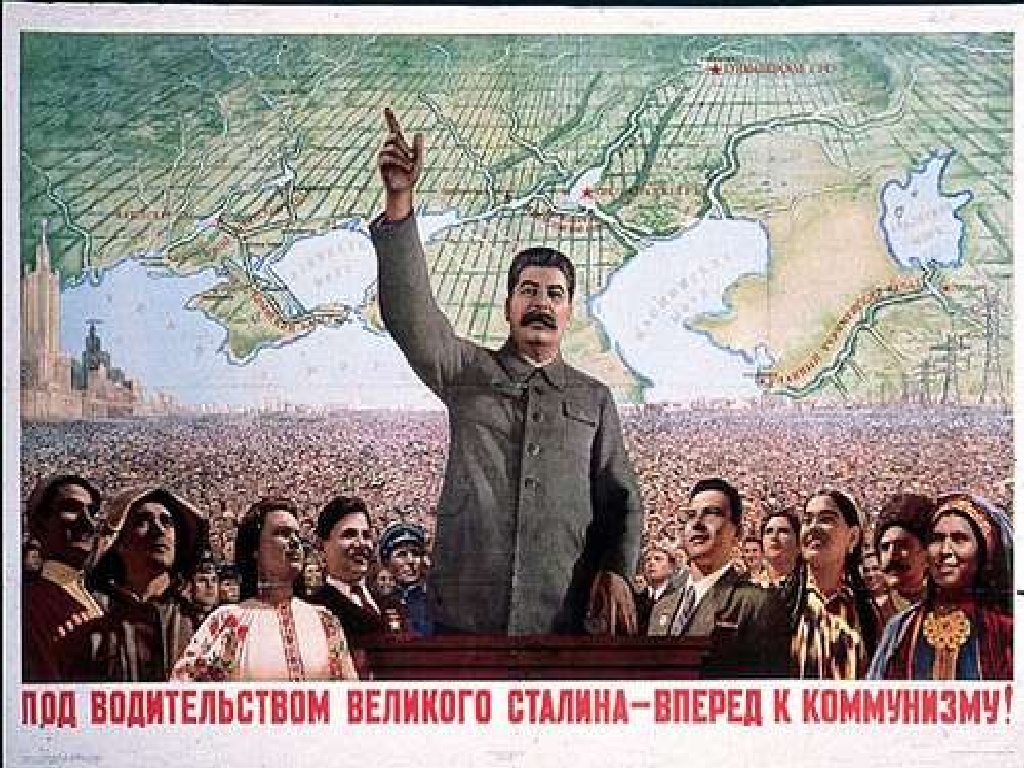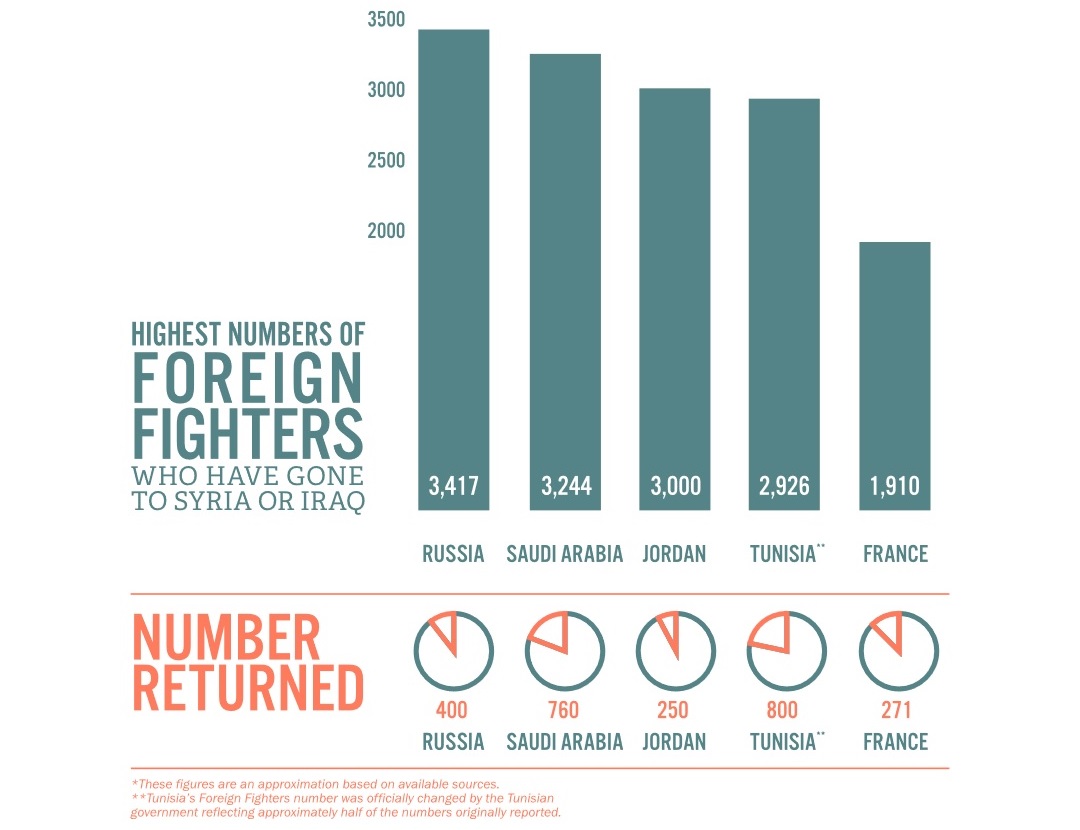One of the most widely held misconceptions about the USSR was that borders among the various republics were both natural and fixed, neither of which was the case, and that as a result borders among the post-Soviet states are not only legitimated by international law and agreement but by the widespread acceptance that they are eternal.
In fact, republic borders were changed frequently, more than 200 times affecting areas large enough to be minuted in the central Soviet legal journals and far more than that involving small adjustments among the republics. (See the current author’s “Can Republic Borders be Changed?” RFE/RL Report on the USSR, September 28, 1990.)
Now, Russian regionalist Yaroslav Butakov has made an important contribution to an understanding of this issue in an article detailing which territories Stalin joined to the RSFSR and which ones he gave up to other republics between the 1917 revolution and his death in 1953.
The RSFSR was officially proclaimed with the adoption of its first constitution in July 1918, with its borders being those under the control of the Soviet government. In the course of the Russian Civil War as a result of changing military fortunes, those borders changed frequently, Butakov says.
Among the borders that changed the most between 1918 and 1925 were those between the RSFSR and Ukraine initially as a result of military developments by including into RSFSR cities Unecha, Rylsk, Belgorod, Valuyky and Rossosh. All northern counties of Ukrainian Chernigov gubernia were moved into what is now Russia’s Bryansk Oblast. Moscow decided to split the Don region between the two republics and included the eastern part of the Donbas in what is now Russia’s Rostov Oblast.
“Initially,” the regional specialist writes, “all of Central Asia with the exception of the former Khivan khanate and the Bukhran emirate … were included in the RSFSR; and there were created two autonomous soviet socialist republics (ASSRs), the Turkestan and the Kyrgyz.” As the latter eventually became the Kazakh SSR, the RSFSR’s borders with it were set in the 1920s.
Orenburg became the first capital of the Kyrgyz autonomous republic which also included all of Orenburg gubernia. “In June 1925, the Kyrgyz ASSR was renamed the Kazakh ASSR and its capital moved to Ak-Mechet, which since that time has been called Kzyl-Orda,” Butakov says.
Many mistakenly believe, he continues, that “the present northern oblasts of Kazakhstan were transferred out of the RSFSR to the Kazakh SSR by Nikita Khrushchev during the virgin lands campaign of 1954. This is not so.” Instead, the borders between the two were set after some movement back and forth between 1921 and 1924. After that, they remained stable.
Other areas which Stalin moved to include within the RSFSR or at least the USSR were the Far Eastern Republic which was absorbed into the RSFSR in November 1922, northern Sakhalin which was annexed in May 1925 after Japanese forces were driven out and Wrangel Island which was included within the RSFSR borders in August 1924.
During World War II, Stalin annexed Tannu-Tuva and transformed it into the Tuvin Autonomous Oblast within Krasnoyarsk kray in October 1944. Later in 1961, it became an ASSR. And at the end of the war, Stalin annexed the southern half of Sakhalin and the Kurile islands, what the Japanese still refer to as the Northern Territories.
At the end of the Winter War with Finland, Stalin oversaw the annexation of the southern part of the Karelian isthmus. In 1944, it was transferred from the Karelo-Finnish SSR. In 1944, after the absorption of the three Baltic countries, Moscow took regions of Estonia and Latvia and included them in the RSFSR.
In 1945, on the basis of decisions of the Yalta and Potsdam conferences, the RSFSR was expanded to include the former German East Prussia as the non-contiguous Kaliningrad Oblast. And in 1947, the Finnish city of Pecheneg was included in the RSFSR’s Murmansk Oblast on the basis of the Moscow-Helsinki peace treaty.
Stalin also gave up RSFSR territory to others, primarily in the course of forming union republics in Central Asia, but also part of the North Caucasus which was transferred to the Georgian SSR after Stalin deported many of the nations from this and adjoining territories.
But “the most significant land gift from the RSFSR under Stalin” was the one he gave to Belarus. In 1924-1926, Belarus received almost all of Vitebsk, Mogilev and Gomel oblasts, thereby increasing the territory of the Belarusian SSR “by a factor of three.”
Read More:
- Moscow’s integration of Donbas from below–via Russian regions–accelerates
- Trump has done more than collude with Putin: he’s helped Kremlin leader destroy post-1945 world
- US non-recognition policy and Crimea – Russian misrepresentations and Baltic truths
- The Crimean Anschluss at three: ‘A jubilee of stupidity and criminality’
- Day in History, 2014: UN rejects Russia’s violent attempt to reshape borders
- Russia with current borders and values will remain a threat to Ukraine, Europe and itself, Portnikov says
- Changing even administrative borders no easy thing in post-Soviet states
- Russian imperialism: Only a bare majority of Russians wants Russia to stay within its current borders







